Throw out all the rules; here are 14 examples of the next wave in kitchen design, which we pegged as an emerging trend a while back in our post 15 Interiors Trends for Autumn 2015 (a reader agreed with us: “I’m all over this trend. Perfect looks suburban.”).








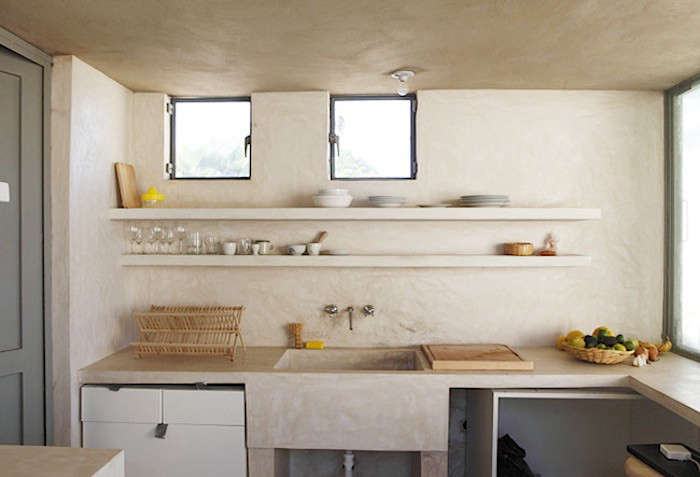

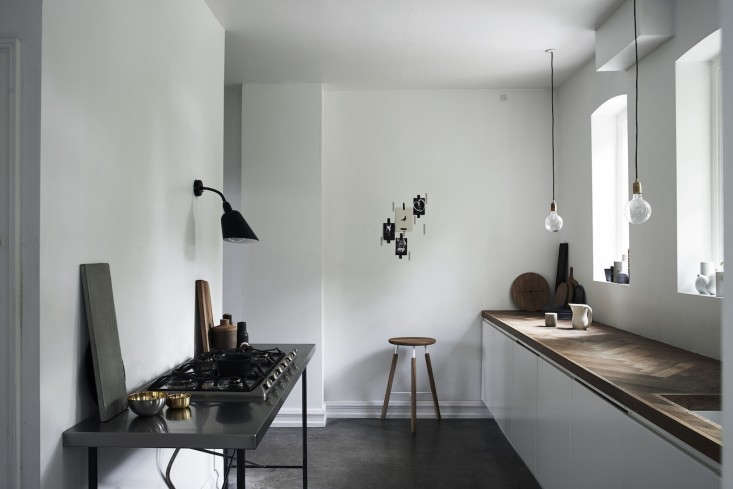

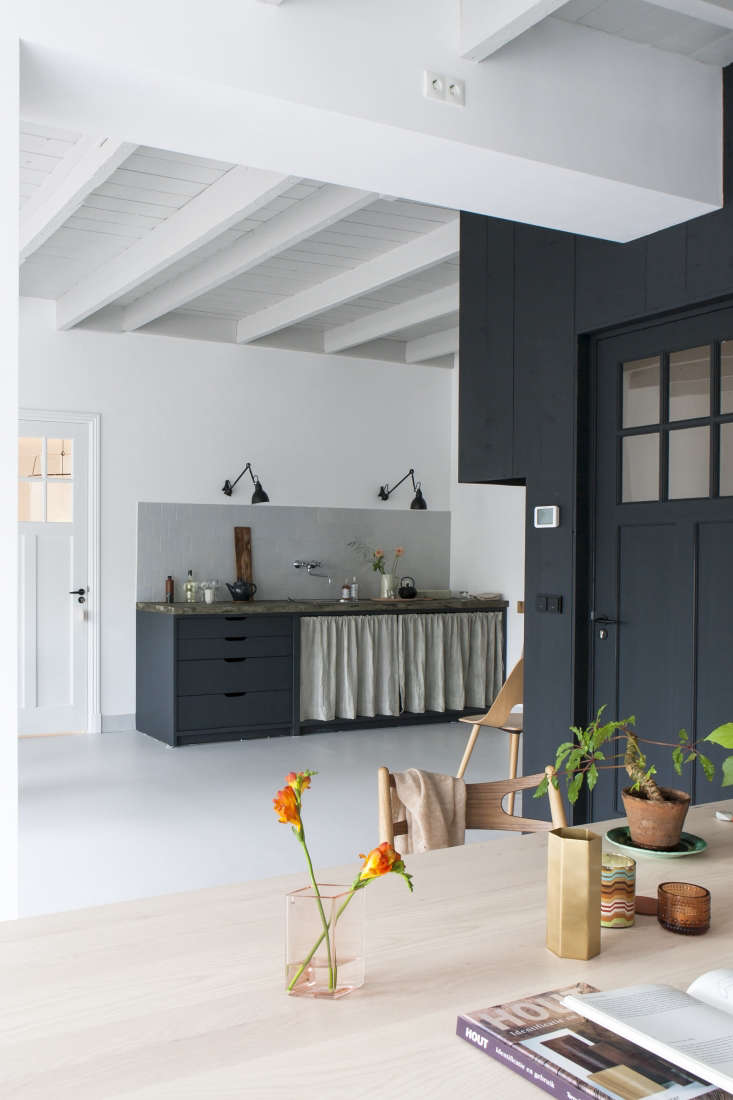

For more ideas head over to Gardenista to see a deconstructed outdoor kitchen in Outbuilding of the Week: A Cookhouse at Kurtwood Farm on Vashon Island.
N.B.: This post is an update; the original story ran on September 16, 2015.
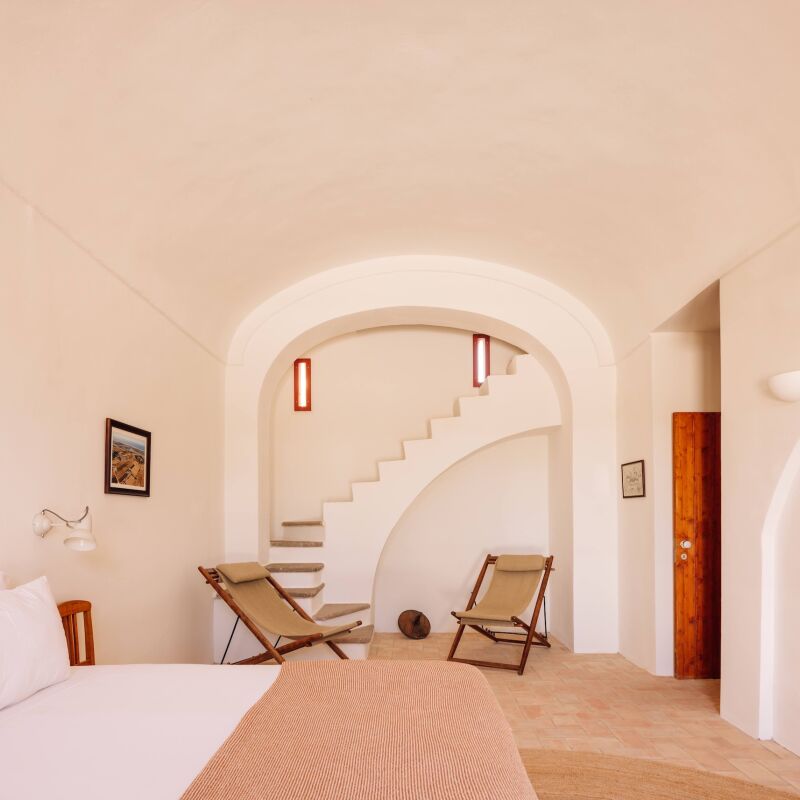
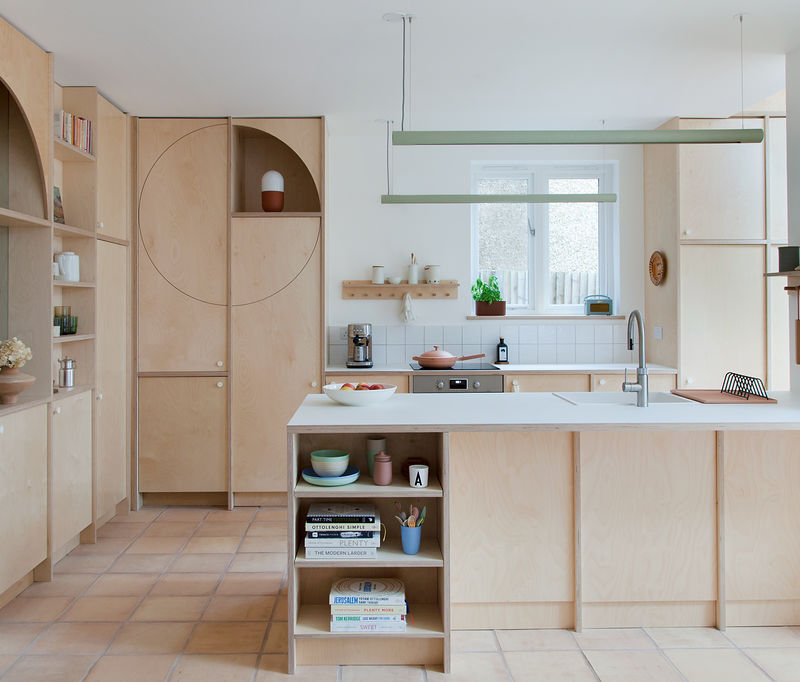
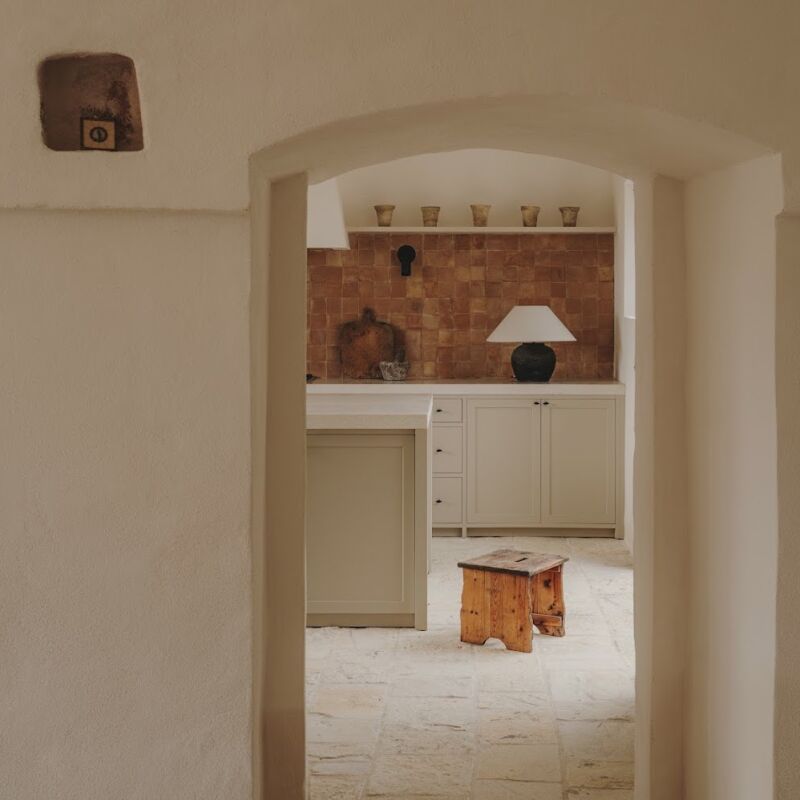

Have a Question or Comment About This Post?
Join the conversation (20)